The oil and gas sector is arguably one of the biggest industries in the world today. With the use of highly sophisticated equipment, public and private oil-producing companies are able to build and maintain refineries where crude oil is transformed and refined into usable engine oil and gas.
Apart from oil and gas, there are a whole lot of by-products that can be derived from crude oil. Although, all of these products require various types of equipment and processes to ensure they meet necessary requirements, some of which include diesel fuel, asphalt base, liquified petroleum gas (LPG), pharmaceutical feedstocks, Wax e.t.c.
This article will explain the equipment in the oil and gas industry that are necessary for extraction, production, and distribution phases of production .
The Importance of Choosing The Right Oil and Gas Equipment
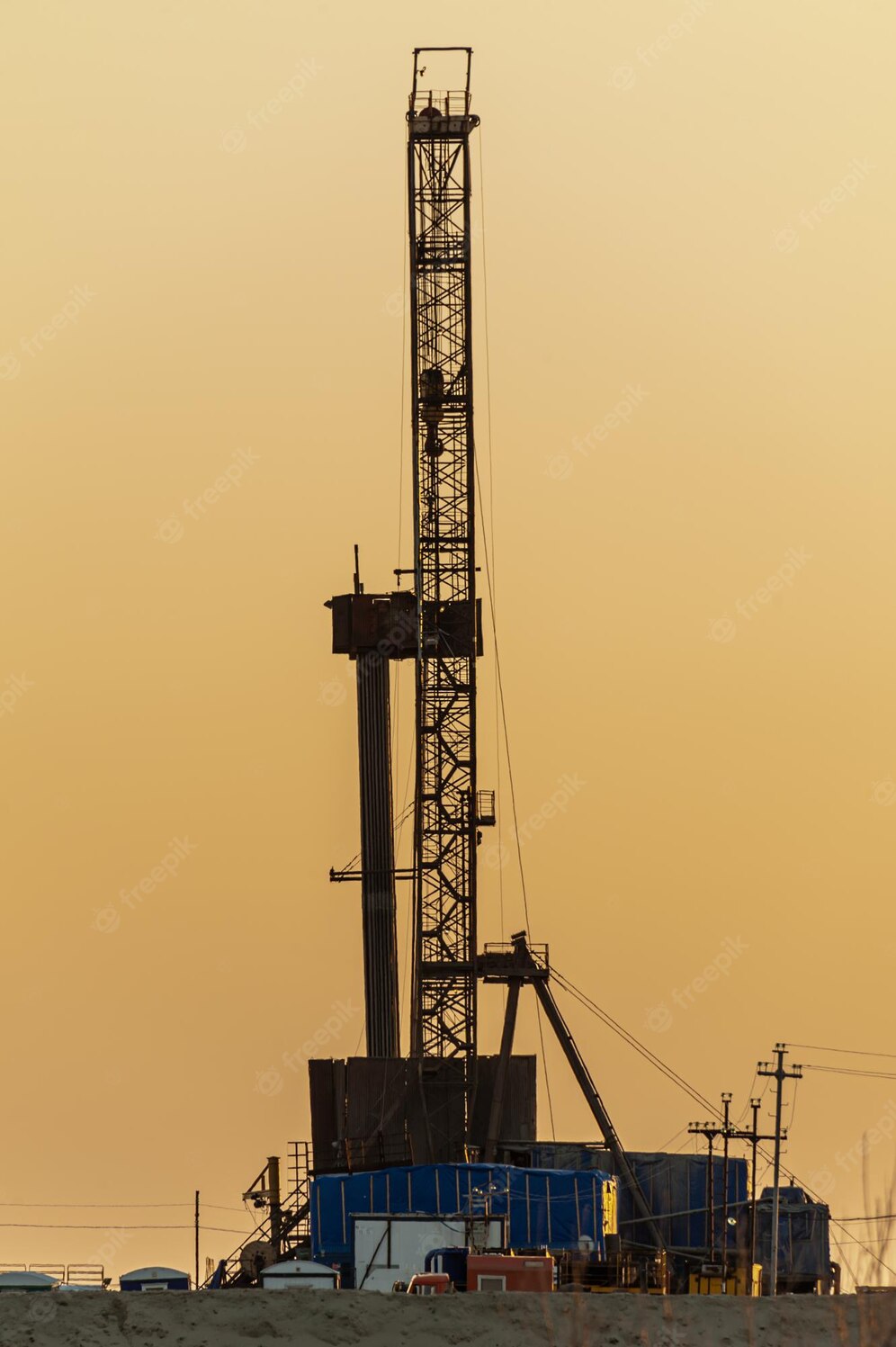
Oil and gas production requires the use of different tools and equipment due to the various stages and processes involved. However, choosing the right equipment will scale your business in terms of maintenance and estimated useful life.
Most of the necessary equipment for oil and gas are made up of steel and the quality of steel used plays a great role in curbing oil and gas leakages. Nevertheless, the quality of the end product solely depends on the equipment applied during the filtration process. Below are the significance of choosing the right oil and gas equipment.
- Increased Productivity
Selecting the right oil and gas equipment will scale your business in terms of productivity. All business pushes towards an increase in production because it represents a form of business growth. When a business increases its production, there will be enough stock to supply customers and also to compete with other businesses in its field.
- Increase Safety
Oil and gas equipment are components that require optimum care during extraction, production, and distribution. This is because they contain compounds that render them highly flammable. Apart from the flame, using obsolete oil and gas equipment can lead to recurrent oil spillage which is a major cause of air and water pollution.
- Reduced Cost of Maintenance
The oil and gas sector is one that requires constant maintenance from time to time. These maintenance are carried out to ensure proper flow of crude oil through pipelines and also curb hazards that may occur due to its flammability. Several types of steels are used in producing oil and gas tools and equipment, so selecting the ones that are strong and resistant to both high heat and corrosion is important.
General Equipment Used in Oil and Gas Industry
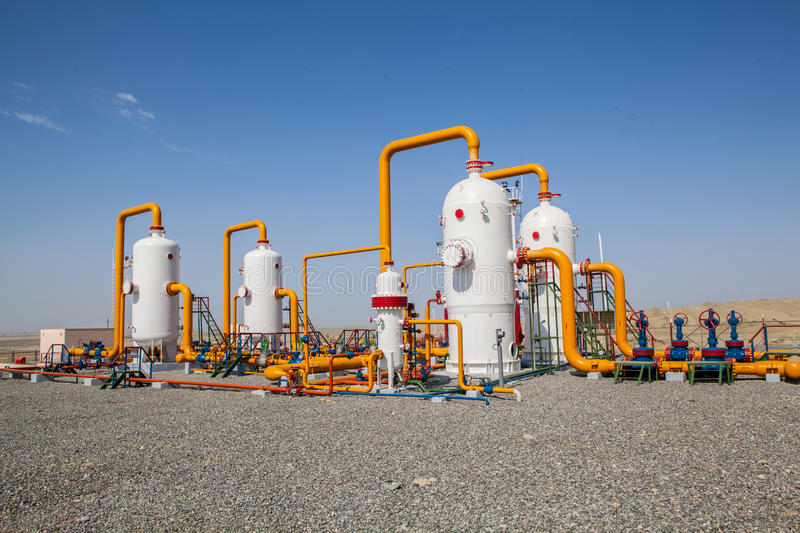
Generally, acquiring the oil and gas production equipment is a capital intensive investment. Due to the various stages during the production process, a lot of heavy/expensive equipment is needed to be brought together so as to complete the production cycle. For every stage of production, a different type of equipment is required for the task. Below is a list of equipment required for each stage of production.
- Valve actuator
- Pump
- Gauge and Meter
- Separator
- Compressor
- Pipe
- Industrial ball valve
- Bearing
- Fluid handling and hose
- Fiberglass pipe
- Welding supplies
- HVAC (heating, ventilation and air conditioner) equipment
- Stainless steel fittings
- Non-corrosive fittings
- Seals
- Pipeline adhesive
- Centrifuge
- Top drive
- Drill mast
Maintenance Workshop Equipments
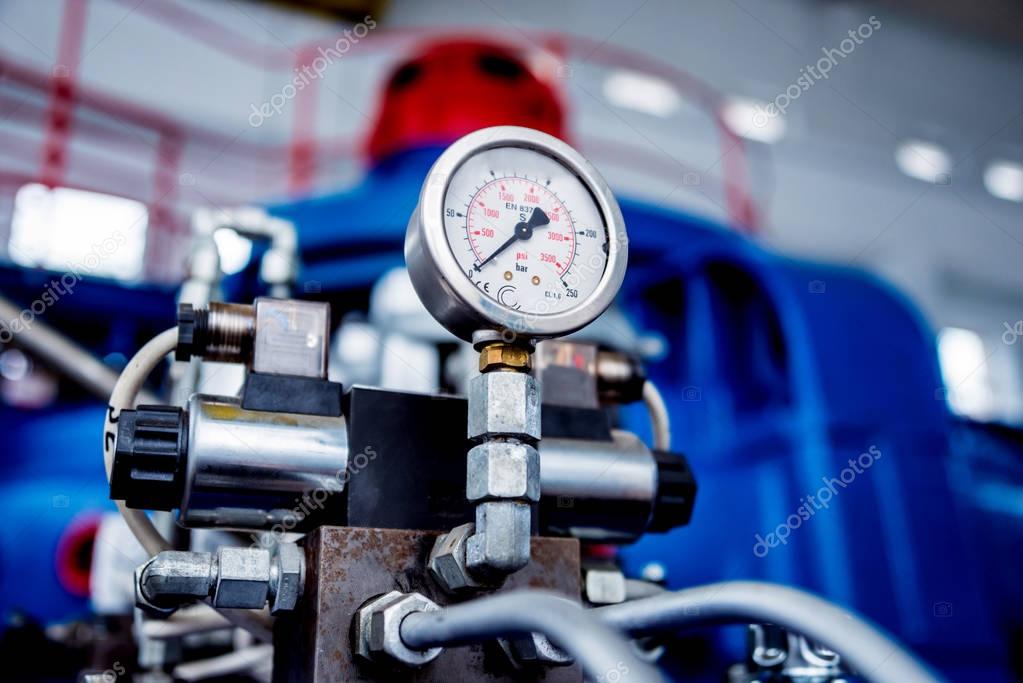
An oil and gas firm that lacks proper maintenance will go out of business early. The cost of acquiring oil and gas tools and equipment is relatively high therefore, proper maintenance needs to be done to ensure the equipment remains good as new and to also prevent unforeseen hazards.
- Pipe Fittings and Flanges
Pipes and flanges are essential for proper flow of oil and gas to the desired destination. In a case where initially laid pipes become old, rusty, or leaky, extra pipes are used in replacing them. Pipe fittings are used in connecting or changing the direction of pipes, pumps, and industrial valves. Although, flange also performs the same functions but they are connected using bolts and sealing gaskets.
- Pressure Gauge
Equipment like separators, flow lines, and stock tanks are frequently under some amount of pressure. The pressure gauge allows operators to know the current amount of pressure on these equipment and down the well hole, so as to make a proper decision.
- Valve Actuator
Valve actuator is a mechanism that is required for the control and flow of fluids through the valve. It is attached to the body and valve pilot, which allows it to be opened and closed manually or automatically. These actuators sometimes get damaged due to pressure, wear, and tear. However, some valves from certified industrial valve company are strong and resistant to high temperatures. You can get one by contacting a reliable butterfly valve manufacturer.
- Lathes
A lathe is a workshop equipment used in shaping metal to remove some unwanted parts and to carve out a nicely shaped workpiece. It is a versatile tool with functions that extends through drilling, sanding, turning, knurling and cutting.
Drilling Equipments
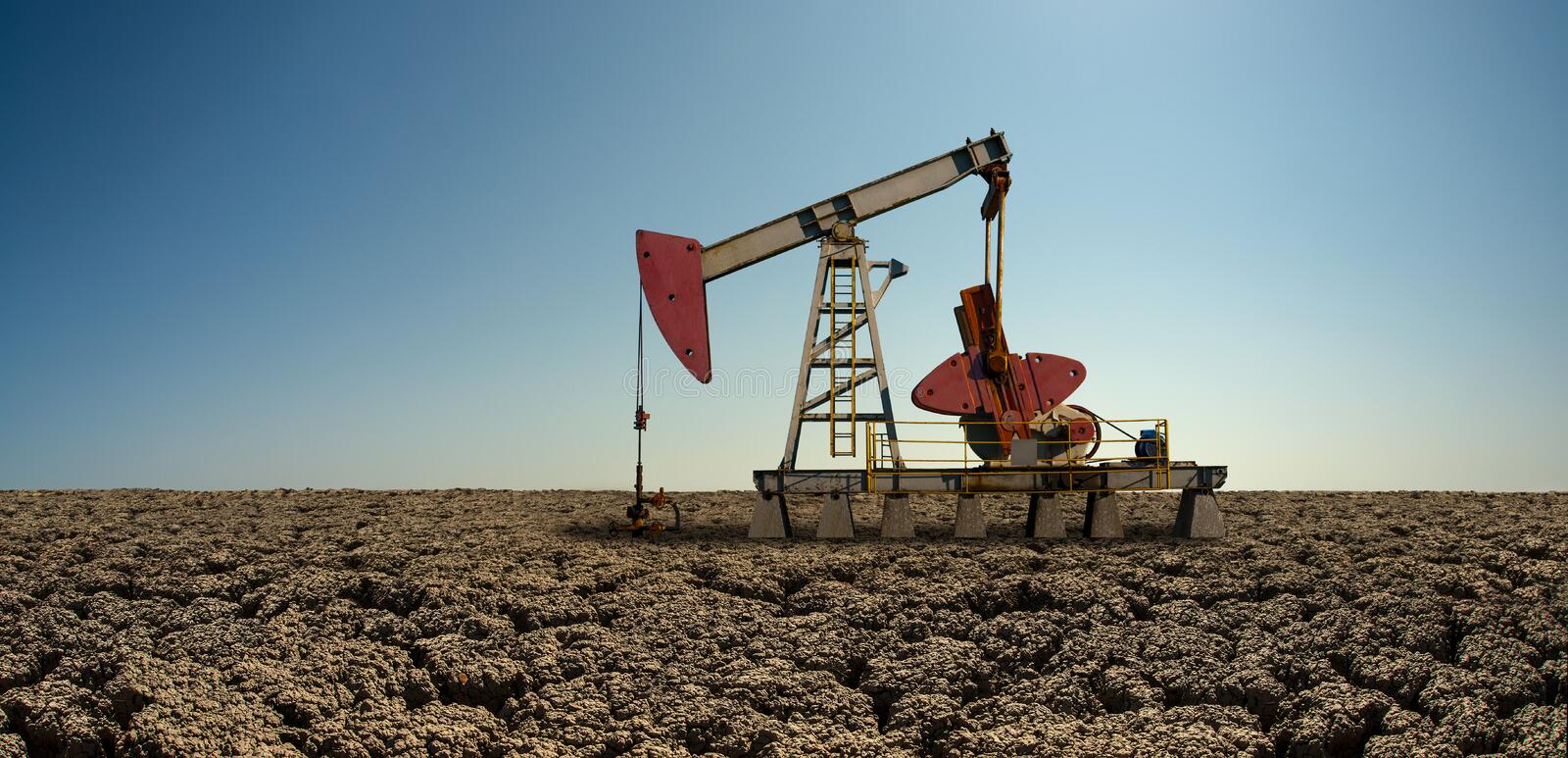
Drilling is a significant process carried out to extract trapped resources from beneath the earth. This is done by making holes into the earth crust with the use of a long bit attached to a drilling string. The bit has several diameters ranging from 5 to 50 inches. After each drilling phase, a steel pipe that is quite smaller than the hole is then inserted, while cement is used to fill the voids. Below are some equipment necessary for drilling.
- Drill String and Bit
Drill string refers to a set of drill pipes connected to each other. This equipment enables field operators to deliver rotation, weight, and fluid to the bottom of a drilled oil well. The drilling bit on the other hand facilitates breaking of rock formation during the oil well drilling process.
- Derrick
Derrick is referred to as a set of frameworks which is built over an oil well to enable drill pipes to be pushed into the well. A derrick is usually pyramidal in shape and is designed to be tall enough to push sections of drill pipes through greater depth. It comprises a boom hinged at the base to provide articulation and a self-supporting tower.
A derrick is controlled with three or four lines attached to the uppermost part of the mast to foster lateral movement as well as lifting and dropping.
- Blowout Preventer
Blowout preventer (also known as BOP) is a large valve, specially designed to be mounted above oil wells during and after the drilling process. The sole function of this equipment is to control the flow of fluids that could move in and out the well. During the drilling process, a kick may occur. When this happens, salt water, oil or gas fluids begin to flow into the well. To prevent this, reliable oil and gas valves should be used.
- Top Drive
This is a motor that is suspended from the mast. It is responsible for navigating the drill string and tools during well drilling. It’s a drill rig component responsible for the upward and downward movement across the mast. It allows longer pipe drilling and can serve as an alternative to a rotary table.
Wellhead Equipment Used in Oil and Gas
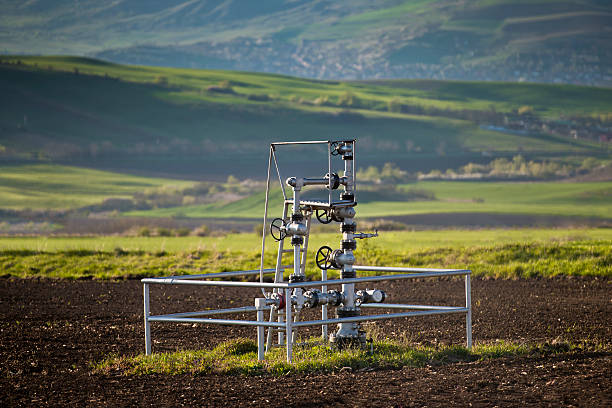
Wellhead is a device that is attached to the casing to suspend the strings and sealing of the well wall. This equipment is adopted for the connection of tubings and casings to an oil or gas pipeline. These casings are pipes which are permanently installed in the well hole to contain pressure and prevent collapse.
- Casing Head
The casing head serves as an equipment used in connecting the casing with the wellhead. The top and bottom part is made up of API 6A flanges which contain locking bolts. The casing head is furnished with a straight bore bowl with 45 C landing shoulder to prevent certain damages that could occur when excess pressure is applied.
- Casing Spool
This is the button part of the wellhead that’s often connected to the casing string on the surface of the well. It facilitates the suspension and packing of the next casing string; provides annular outlets, and also supports the BOP during the drilling process.
- Tubing Heads
This is practically the topmost spool in the wellhead formation. This equipment is attached to the casing spool so as to properly hang the tubing and conceal the annulus In between the casing and its tubing.
Production Oil and Gas Equipments
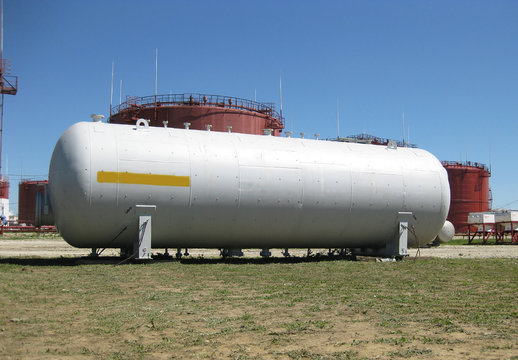
Oil and Gas production process begins by preparation of the rig site before drilling out trapped oil and natural gasses beneath the crust. And finally moving them down to a facility where they are processed and separated to serve different purposes. Below are some of the required equipment.
- Pressure Vessel and Distillation Column
Pressure vessel is a form of receiver where chemical and physical processes are carried out with high pressure and temperature. They are cylindrical leak-proof containers with two heads where oil or gas is stored.
Meanwhile, the distillation column is a form of pressure vessel but it is primarily used in the distillation of liquid mixtures to separate them based on their component, fraction, and difference in volatility. Mixtures are highly heated till one or more of its components evaporates for collection purposes.
- Boiler
A boiler is needed for oil and gas production because it helps to generate a high amount of steam. Steam is very important as it is needed to power some processes, such as vacuum distillation, steam distillation, stripping, and process heating. This equipment acts as a closed vessel used in converting water to steam through chemical combustion.
- Accumulator
The Accumulator is the primary control unit of the BOP. It is designed to monitor, seal, and control oil wells to prevent spillage of crude oil and natural gasses when the pressure is high. It is installed in the hydraulic system to store and transmit components till they are needed to perform tasks.
Refinery Equipments Used in Oil and Gas

Oil and Gas refinery is an industrial plant that comprises a wide set of equipment used in refining or transformation of crude oil into different petroleum products i.e diesel, liquified petroleum gas (LPG), kerosene e.t.c. This is the second stage in the oil and gas production cycle following the extraction process.
This process requires a huge amount of capital to acquire the necessary equipment, which are discussed below.
- Heat Exchanger
Heat exchanger is an equipment used within cracking units when oil and water are being separated. The heat exchanger is used for transferring heat from one fluid to another. It performs heating and cooling functions depending on the situation on ground.
There are several types of heat exchangers and they are classified according to the direction of liquid flow. They are parallel ways, cross ways, and countercurrent ways. For the parallel way, both fluids move in the same direction. For cross-way, fluids flow in a perpendicular direction, while counter-current way make fluids move in the opposite direction.
- Piping System
In any refinery, the piping system is the most crucial equipment for the transportation of oil and gas to their processing unit. This is because the efficiency of a plant depends on how oil and gas components can be moved easily through the processing, blending, and value addition stage.
- Compressor
Compressor is a source that produces emission to the atmosphere during the production, processing, storage, and transmission of oil and gas. The compressor helps to increase the pressure of natural gasses and allows them to be transported from the production site to all desired destinations.
The compressor requires constant maintenance because the emission begins to increase as it begins to degrade. This equipment can be applied for all aspects of natural gas development. In the drilling stage, a compressor can also be used at the wellhead to compress fluid removal.
Other Terms to Consider in the Oil and Gas Production Sector
- Land Rigs
Land rigs are built specifically to create holes that allow oil or natural gasses to be extracted on land. They can also be used to identify geological reservoirs to be drilled. Once the oil well has been drilled, the land rig will be moved to another location for drilling purposes. It will be replaced with a service rig (smaller rig) whose purpose is to complete the drilling process and get the well active.
- Offshore Rigs
An Offshore rig is a structure specially built on water, equipped with facilities for drilling, extraction, and processing of oil and natural gas. This facility is big enough to house workers and store enough products until it can be brought offshore for sales and distribution. Offshore rigs are in many ways similar to land rigs but possess several features to make it stable in the ocean.
- Drilling Equipment
The oil drilling process, also classified as the upstream stage, requires a lot of equipment to ensure gasses and crude oil trapped beneath the earth crust are extracted and transferred for processing. Equipment used in this stage is highly capital intensive. Some of which includes blowout preventer, derrick, drill string, bit e.t.c.
- Oil and Gas Production Equipments
Oil and Gas production equipment comprises all the tools applied through the upstream, midstream, and downstream stages. The upstream phase refers to the discovery and drilling stage. Midstream phase is when products are being transported to refineries, while the downstream is responsible for refining and sale of the products.
- Fishing / Re-entry Tools
Fishing and re-entry tools are those equipment fabricated for the sole purpose of retrieving lost or damaged tools from the well. A damaged tool (also known as fish or junk) must be retrieved from the well as soon as possible to reduce operation downtime. Some of the relevant fishing tools include casing scrapers, junk baskets, overshots, fishing magnets, fishing spears e.t.c.
- Support Equipment
These are equipment that are built to provide special support and direction during production. They may serve as frameworks, support systems, and lifters. They are formed by assembling rigid metals to a height high enough to get the job done. They are made up of a self-supporting tower and a boom hinged at the base to give articulation.
- Tubular Equipment
Tubular Equipment are those that are used to handle the piping system during oil and gas production. This equipment is suitable for both onshore and offshore applications. Examples include horizontal tubular handling tool, bridge racker, casing tong handling tool, smart racker, and many more.
- Electrical Equipment
Most of the electrical tools in oil and gas production are mostly needed during the refining process. These equipment are either used as a whole or in part for the utilization of electrical energy. They are installed to convert, conduct, control, transform, and store electrical energy. They include power transformer, substation transformer, Dc battery system, MV switchgear, LV switchgear e.t.c.
- Pressure Control Equipment
Pressure control equipment are tools that are used to maintain optimum pressure level in the various stages of oil and gas production. These equipment are designed to withstand strenuous conditions therefore. They are built with care for quality standards. i.e. control head, wellhead flange, fluid chamber, hand union e.t.c.
- Mud Management Equipment
These equipment are mostly applied during the drilling process. When drilling oil wells, certain mud drilling oil is added to ease the drilling process. This process helps suspending rock cuttings, stabilizing exposed rocks, providing buoyancy and controlling well pressure. Examples include mud hopper, mud bucket, gate valve, ditch magnet, and many more.
- Valves and Flanges
Valves and flanges are essential oil industryequipment used for the connection and control of the plant’s piping system. Flanges are connected using a bolting system and valves are sometimes threaded.
- Oilfield Trucks
There are several types of Oilfield trucks. They are designed to have different features that enable them to perform perfectly in oil rigs and other stages of oil and gas production. While having different features, all oilfield trucks must share similar characteristics such as toughness, reliability, and power. Examples of these trucks include swab rigs, winch trucks, vacuum trucks e.t.c.
- Oilfield Trailers
Most equipment and materials used in building an oilfield comprises mostly heavy metals. Therefore, oilfield trailers are required for hauling these materials from their production site down to the oilfield where they are assembled to serve their purpose. Oilfield trailers are built and tested for strength. They are designed specifically for the oil and gas industry.
- Trucks and Cranes
In the Oil and gas industry, some trucks are designed specially to perform the functions of a crane. The crane is mounted on the rear part of the truck for easy lifting of heavyweight material into other trucks for haulage. Some of these trucks are built to travel and move at top speed on off-road terrain as well as down highways.
- Oilfield Construction
Construction of an oilfield is always assigned to specialists due to the complex materials and equipment needed to be assembled together. In most cases, all different sections in an oilfield are handled by different companies due to their area of specialization. And during construction, both human and machine labor are adopted to get the job done.
Conclusion
The oil and gas industry holds a very high percentage of the global market transactions. Due to this reason, oil and gas manufacturers, as well as industrial valve manufacturers across the world pull a huge amount of resources to gather sophisticated equipment for oil drilling, transporting and processing. Most equipment used in the oil and gas industry are assigned to specialists with enough experience and expertise to deliver a job well done.
Reach out to valves manufacturers Dombor today to get the latest valve design of your choice, at your preferred destination.









